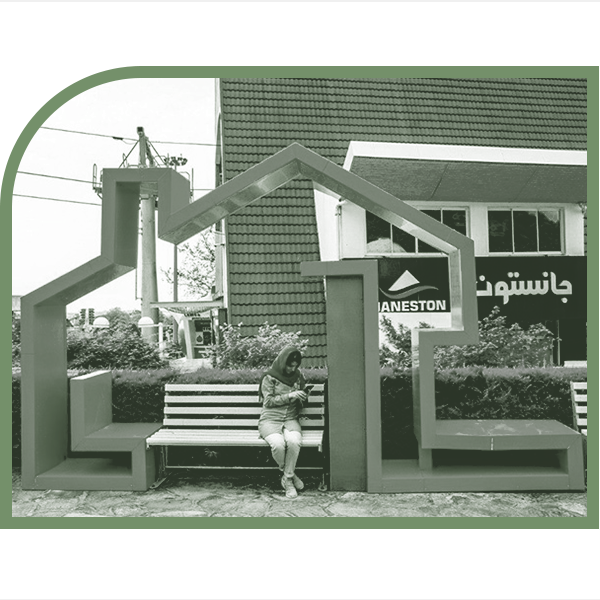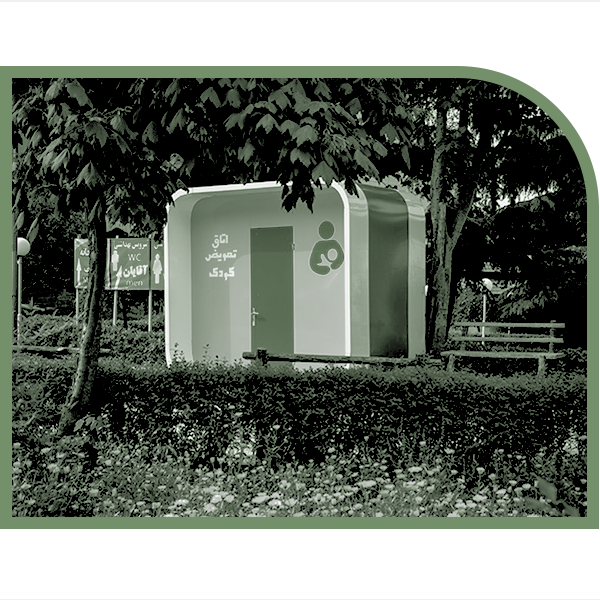

Mohsen Saraji - Founder and Director of Saraaj
Center for Creation and Development of Art Spaces
Today, the role of urban furniture in giving service to citizens is obvious; in addition to that, preserving the identity and beauty of city is also of high priority. During the last century, industry and modernity as well as increasingly growth of urbanization have brought several consequences to city life such as destruction of valuable urban spaces and fast and uncontrolled formation of current public spaces in.
The world experts and theoreticians in urban planning defined different meanings for city; but since the middle of the 20th century, these meanings have got closer in definitions. Cities are not only streets for passing and walking, but the place of interaction for citizens who live in them. Cities are great works of art that have creators as many as their population. The goal of today's urban life is not the same as colony-like life of people lived together thousands of years ago. It is a considerable issue whether appropriate urban furniture would provide a context for people's active presence in the city. And would considering regional and local cultural background in the design of urban furniture affect creation of a better and more dynamic connection between city and citizens? The ultimate goal of today's cities is to provide a creative and nurturing environment for city dwellers.

Unlike the modest and simple rural life, urban life lacks natural beauty. Urban spaces do not have visual beauty by nature. Therefore, complementary elements are needed, in the space between buildings and structures, to organize urban life. Some equipment, like furniture in a house, makes the life possible in the environment made of stone, concrete and glass.
The city space should provide maximum communication with people and surrounding environment, and the only effective tool is proper urban equipment. Urban Furniture, Urban equipment or street furniture are common terms which are mainly known as street furniture in England and public furniture in America.
The goal of urban design and urban furniture design is to make a creative and thriving environment for people who live in it. An environment with great diversity provides the context for creativity of people in the society and establishes the maximum connection between citizens and environment around them. "Proper city equipment" is the only way to provide and guarantee all these goals. In today's world, where people are more and more distant from each other, one of the functions of urban furniture is to improve people's behavior and facilitate communication. Nowadays, the design of urban furniture can foster people's communication and create social relationship. That is why in the design of new furniture, arched, semi-circle, spiral and face-to-face designs are recommended, because they develop social communication.

Undoubtedly, design and implementation of urban elements and furniture that is compatible with culture and life of the people in each city and region, can lead to improvement of human-centeredness and the audience's presence in the space and benefit from its potential possibilities.